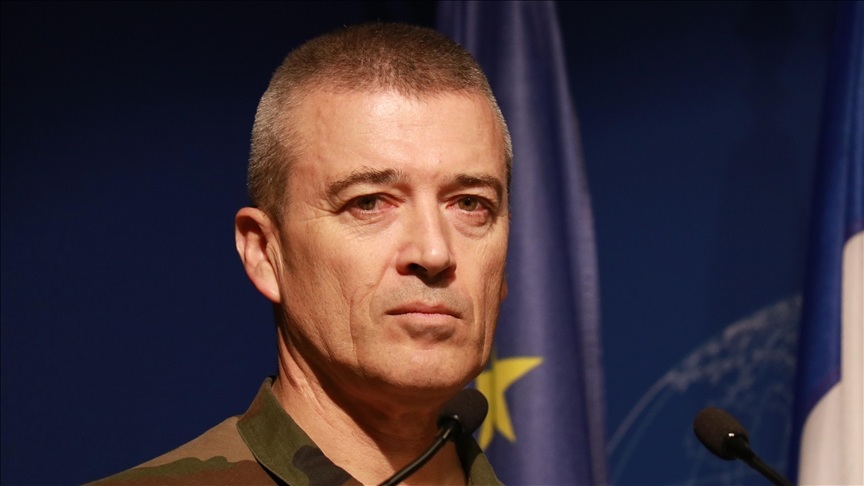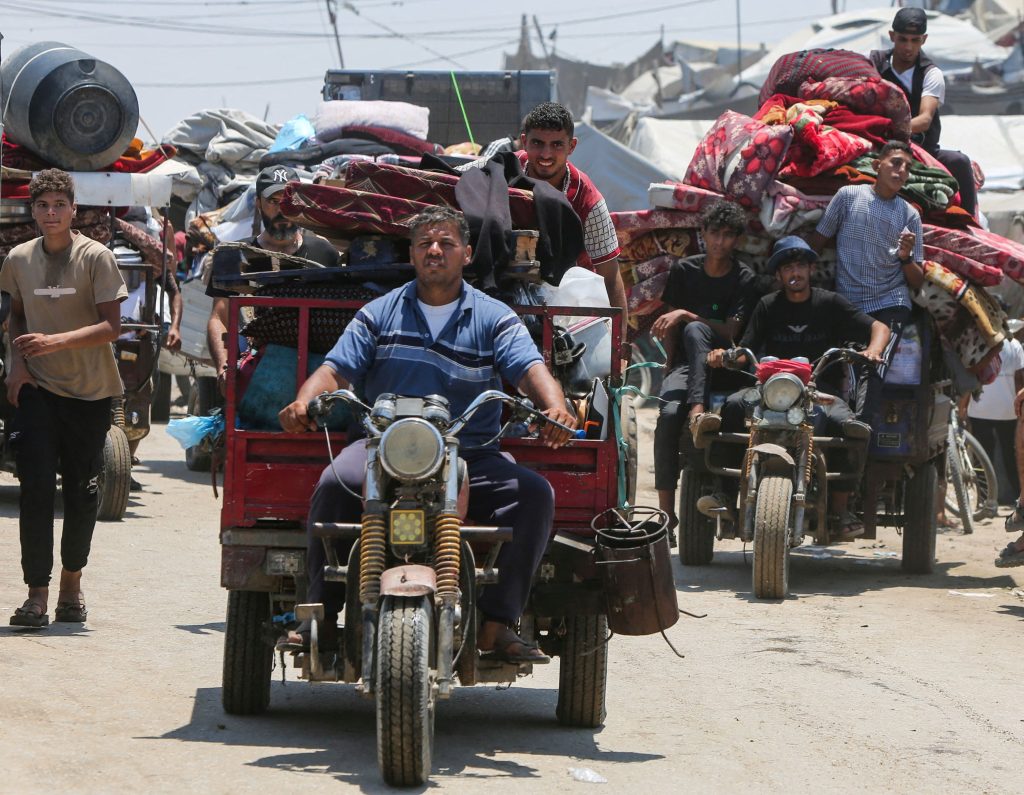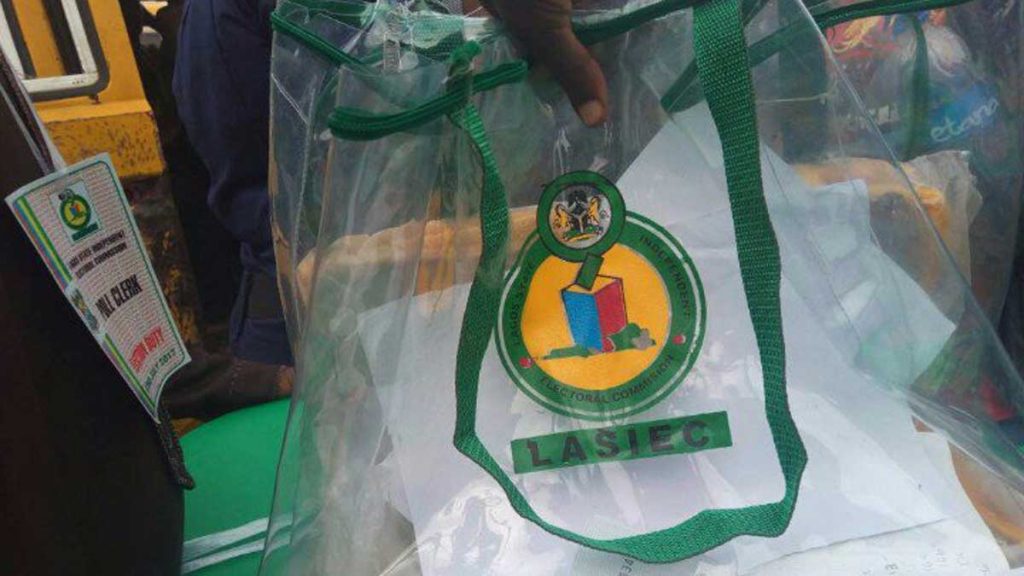Featured
Canada’s immigration backlog: Progress or hidden crisis?
DDM News

Canada’s immigration backlog has decreased to 821,200 as of March 2025.
This marks a 7.95% reduction from the 892,100 applications recorded in January 2025.
The decline reflects ongoing improvements in processing efficiency by Immigration, Refugees and Citizenship Canada (IRCC).
This is the third consecutive month that the backlog has remained below one million applications.
The steady decrease highlights the success of measures taken by IRCC to streamline processing.
According to TravelBiz, as of February 2025, 2,029,400 immigration applications were in progress.
Out of these, 1,208,200 applications were processed within IRCC’s designated service standards.
The remaining portion fell outside the expected processing timelines due to complexities or additional requirements.
Canada’s Immigration System and Processing Standards
Canada has long been a top destination for immigrants seeking better economic opportunities and a higher quality of life.
The country’s immigration system is managed by Immigration, Refugees and Citizenship Canada (IRCC).
IRCC processes applications for permanent residence, work permits, study permits, and visitor visas.
The department follows specific service standards for different immigration categories.
Express Entry applications, covering skilled immigration programs, have a standard processing time of six months.
Family sponsorship applications have a processing time of 12 months under standard conditions.
IRCC aims to process 80% of applications within these timeframes.
The remaining 20% take longer due to additional document requirements or complex case assessments.
Decline in Immigration Backlog Over Recent Months
Canada’s immigration backlog has been steadily declining since September 2024.
In September 2024, the backlog stood at 1,097,000 applications.
By October 2024, the backlog dropped to 1,056,100, reflecting a 3.73% decrease.
In November 2024, the backlog further declined by 4.70%, reaching 1,006,500 applications.
December 2024 saw another drop of 6.38%, bringing the backlog to 942,300.
In January 2025, the backlog decreased by 5.33%, reaching 892,100 applications.
February 2025 recorded a significant 7.95% decrease, bringing the backlog to 821,200.
The consistent decline indicates improved processing efficiency and better resource management.
Application Processing and Backlogs
As of February 2025, IRCC was processing 842,600 permanent residence applications.
These applications included Express Entry, the Provincial Nominee Program (PNP), and family sponsorships.
Among these, 478,600 applications were processed within standard timelines.
A total of 364,000 permanent residence applications remained in the backlog.
Delays in Express Entry applications persisted, with 25% exceeding the six-month processing timeline.
The Provincial Nominee Program backlog increased to 36% from 30% in January 2025.
Family sponsorship applications saw a slight improvement, with the backlog decreasing from 15% to 14%.
Temporary resident applications also faced significant delays.
Visitor visas had the highest backlog rate, with 65% of applications delayed.
This figure exceeded IRCC’s target of keeping visitor visa backlogs below 50%.
Study permits faced a backlog of 45%, affecting international students seeking to study in Canada.
Work permits had the lowest delay rate at 34%, marking the lowest backlog since July 2023.
Measures Taken by IRCC to Reduce Backlog
IRCC has implemented various strategies to improve efficiency and reduce application delays.
One key initiative is the increased use of automation in processing applications.
More than 80% of visitor visa applications are now handled using automated systems.
Artificial intelligence helps process straightforward applications, reducing human workload and improving speed.
IRCC has also introduced a cap on new study permits for 2024.
The number of study permits has been reduced by 35% to manage application volumes.
The total number of study permits issued in 2024 is capped at 360,000.
Canada’s Immigration Levels Plan for 2025–2027 maintains stable immigration targets.
The country aims to welcome 485,000 permanent residents in 2025.
For 2026 and 2027, the target will increase to 500,000 new permanent residents annually.
Stable immigration targets help manage application surges and processing workloads effectively.
Impact of Reduced Backlog on Applicants
The reduction in backlog has led to faster processing times for many immigration applicants.
Individuals seeking to travel, study, or settle in Canada now face shorter waiting periods.
However, some categories still experience significant delays despite the overall backlog decline.
Visitor visa applicants continue to face long wait times due to high demand.
International students also face uncertainties due to processing delays in study permits.
Applicants are advised to plan ahead and submit documents well in advance.
IRCC’s focus on automation, processing caps, and stable targets is expected to improve efficiency.
Despite progress, immigration applicants must remain prepared for potential delays in certain categories.
For Diaspora Digital Media Updates click on Whatsapp, or Telegram. For eyewitness accounts/ reports/ articles, write to: citizenreports@diasporadigitalmedia.com. Follow us on X (Fomerly Twitter) or Facebook











